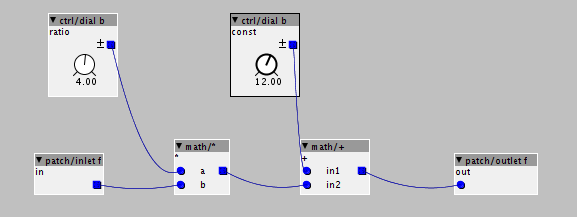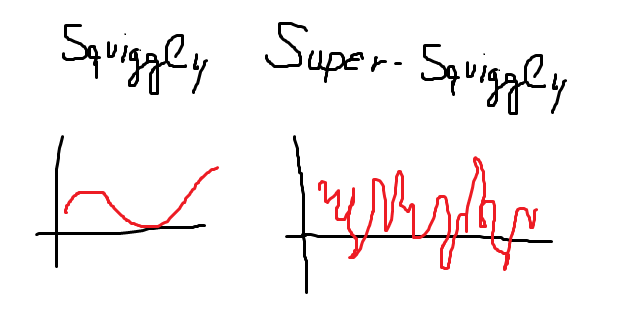I need to try my hand at something, but I don't know the proper name for it, or whether it has a proper name.
You'll have to excuse the layman terminology used here, but I'll do my best to make it clear.
Imagine a four octave keyboard, and printed directly above it is a diagram of a standard ADSR envelope. It's printed so that the start of the attack is placed above the first key, and the end of the release is directly above the last key. If you're following me correctly, you should be visualising the image of just a single envelope spanning the whole keyboard.
Right, so now I want to be able to adjust, say, the volume of the oscillator or maybe the cutoff of the filter, but I want the levels to be dictated by the envelope you're visualising. The envelope obviously changes across the entire keyboard, so basically, I want that to be reflected in the settings of whatever I decide to have effected.
Just guessing, I suppose it might be classed as a tracking system (like filter tracking across the keyboard), but even if it is, what I'm wanting is not linear, it varies over the entire keyboard. So my question is, what's it called that I'm trying to do here, and what would be the most layman way to achieve it using the factory objects?
Any patches out there demonstrating it?


 )
)
 )
)




